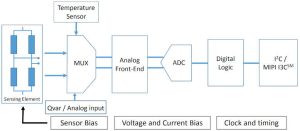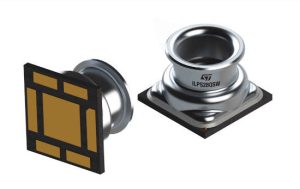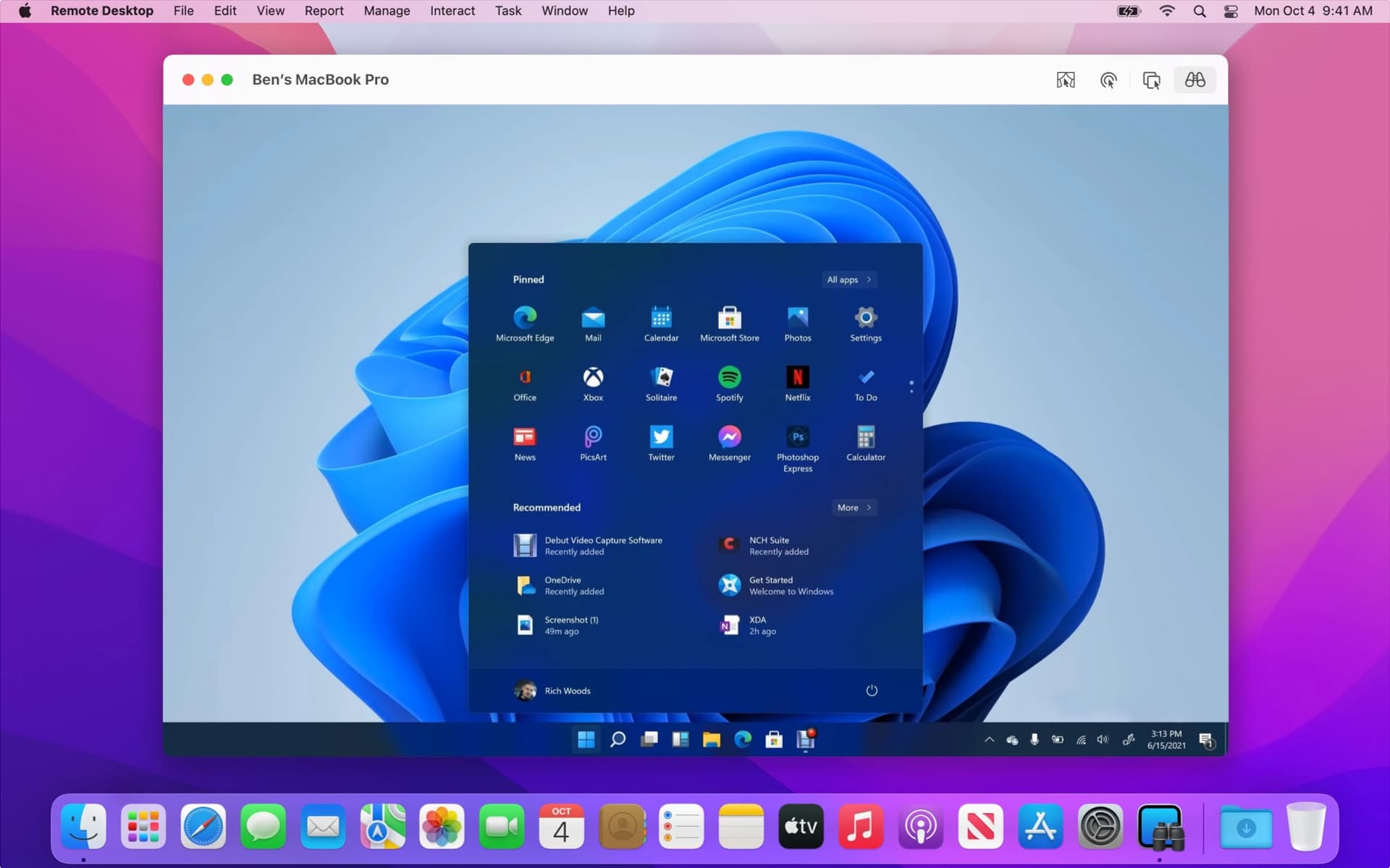
Using mems technology and aimed at the industrial market, ILPS28QSW sensor comes in a 2.8 x 2.8 x 2mm surface-mount package with a cylindrical top and a square base (‘CCLGA-7L’, see photo).
This package has a ceramic substrate and a steel lid, sealed with an o-ring and secured with epoxy.
A hole in the package exterior allows pressure to reach the piezoelectric sensor, while a potting gel “proven in automotive applications”, said ST, prevents water ingress while transferring pressure.
It is rated for IP58 environments – which includes protection against temporary immersion in water up to 1m deep. Certification is to IEC 60529 and ISO 20653, and the sensor can sustain up to 10Bar over-pressure.

Readings are absolute, with a full-scale range of 260-1,260hPa or 260-4,060hPa depending on how an internal register bit is set.
On the 1,260hPa range, accuracy is ±1hPa over 0 to 65°C, or ±2.5hPa over the full temperature range of -40 to +105°C.

Accuracy on the 4,060hPa is specified in percent of input pressure, rather than hPa, over the two temperature ranges just mentioned, and over various pressure ranges. The extremes are ±0.15% over 0 to 65°C and 1,260 to 2,060hPa, and ±0.6% over -40 to +105°C and 3,060 to 4,060hPa.
A digital temperature reading is also available.
Interfacing for commands, measurements and status is over I2C or I3C.
Operation is 1.7 to 3.6V, and can be for as little as 1.7μA for 1Hz readings. Max reading frequency is 200Hz.
“Its accuracy and environmental robustness are suitable for applications such as gas and water metering equipment, weather monitors, air conditioning smart filters and home appliances,” said ST.
A further function is an analogue sensing channel that can be used to measure the voltage across a pair of package pads – referred to as ‘AH’ mode in the data sheet for ‘analogue hub’ – or capacitive touch or liquid sensing via a pair of external electrodes using a technique that ST brands Qvar – see its application note AN5755.
“Qvar combined with the pressure signal enables monitoring of both liquid level and even the tiniest of leaks in home appliances and industrial processes,” it claimed.
The ILPS28QSW pressure sensor product page can be found here, its data sheet here, and the capacitive sensing application note AN5755 here.







